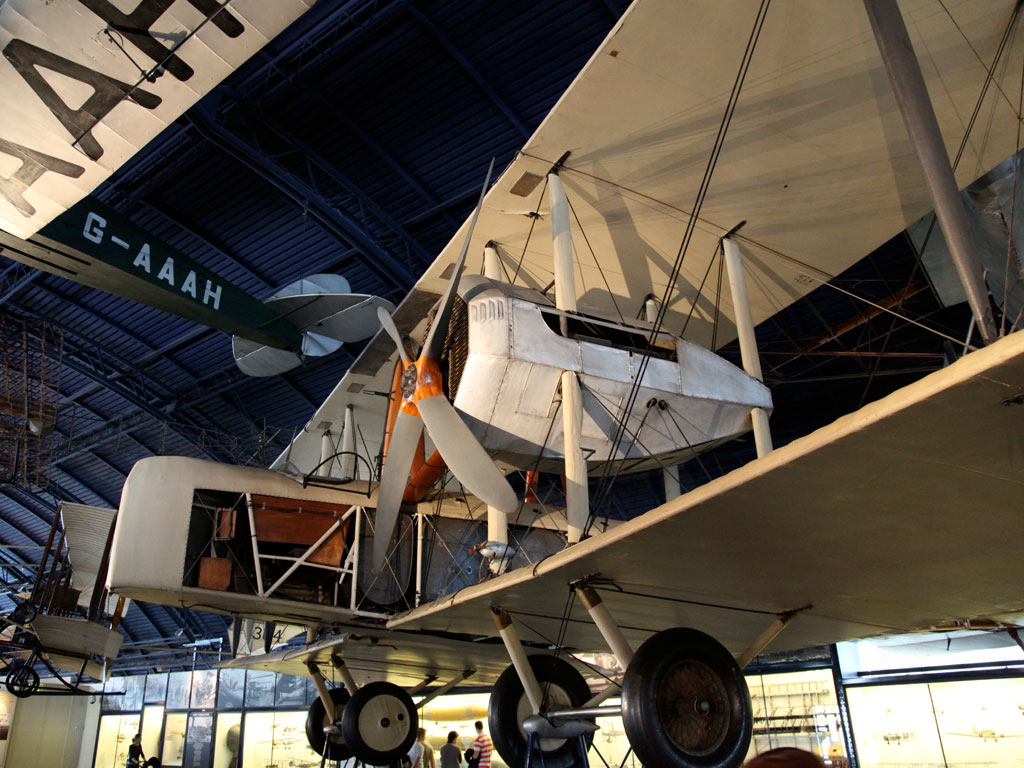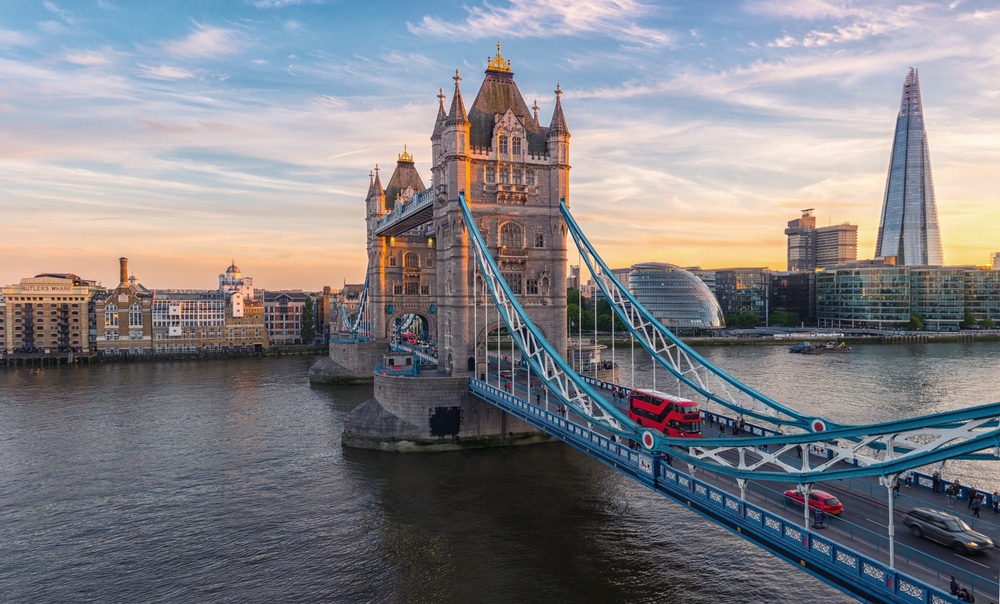- Home ›
- United Kingdom ›
- London
Science Museum

History of the Museum
The Science Museum was founded in 1857, initially as the South Kensington Museum. Exhibits on astronomy, meteorology, biochemistry, electronics, navigation, aviation and photography are displayed on seven different exhibition levels. Among the pieces on display are the first telephone by Alexander Graham Bell and a telescope by Galileo Galilei. Also among the exhibits is the first calculating machine called Engine 1, created by Charles Babbage in 1932.
The exhibitions
Children in particular get their money's worth during a visit to the Science Museum, as they are allowed to try out and experiment on many exhibits themselves. An IMAX cinema attached to the museum shows films on scientific topics. Among other things, films about the Hubble telescope or the oceans are on offer. A flight simulator is also on offer.
The first floor and the second floor of the museum are mainly devoted to space travel, telecommunications and time measurement, while the second floor is dominated by paper production, printing and shipbuilding.
The third floor of the museum is devoted to aviation, with numerous original aircraft on display. Among others, the Vicky Vimers can be seen, with which Alcock and Brown were the first to cross the Atlantic in 1919.
Finally, the subject of medicine is shown on the fourth and fifth floors of the museum. Among other things, the first stethoscope used by Louis Pasteur in 1818 is exhibited here.
Special exhibitions on changing themes round out the museum's offerings. Visitors can take a look behind the scenes of the museum on special guided tours. For reasons of space, many of the collector's items are not on display in the public rooms.





